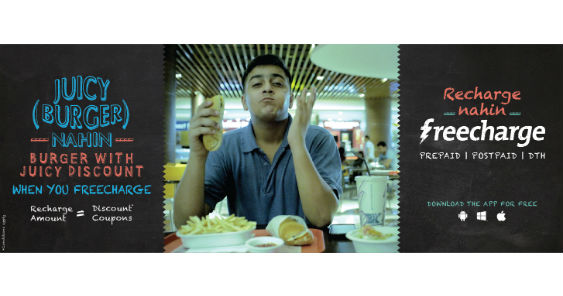by Arthur Policarpio, CEO, Mobext, Inc.
CANNES – I recently had the incredible privilege of being one of the judges in the Mobile Lions Jury of the 2016 Cannes International Advertising Festival. There is nothing quite like the experience of discussing and debating for a full five days more than 200 of the best mobile work around the world with 12 great co-juries coming from various disciplines. I have been in the mobile industry for 13 years now, but I have to admit that these five days of judging in Cannes was definitely one of the highlights of my career in mobile. Below are four (4) key takeaways from inside the Cannes Lions mobile jury room:
Keep it Simple, Stupid (KISS)
Sponsor
Many creatives have a tendency to overcomplicate things when it comes to mobile. Some of the very best work from across the world are actually very simple. In mobile, the simpler and more straightforward the experience, the better: two clicks are better than 20. The Swedish Number campaign, which won Gold, is a highlight for its simplicity. What can be more simple and more basic than calling a number? The beauty of the campaign is in the creative use of the most basic functionality of a mobile device: calling a number. Sweden became the first country in the world to have its own number that people can call in order to talk to a random, real Swede (including the President). The press went on overdrive, and gave the campaign so much free coverage.
2. Creative Use of Existing Mobile Platforms
Many of the winning campaigns were phenomenal in terms of their creative use of existing mobile platforms (eg, social apps) and functionalities (eg, hashtags). Instead of complaining about the seeming limitations of the mobile platform, some of the winning campaigns turned those seeming limitations into the core creative idea which delighted consumers. Take the case of “Manboobs” (Gold) and “Check it Before It’s Removed” (Silver). How do you promote breast cancer awareness and education using a platform (Instagram and Facebook) that prohibits breast exposure? The solutions for both are simple yet brilliant. For “Manboobs”, they created perhaps one of the greatest and most creative “product demonstrations” of all time: educate women on how to self-examine themselves by conducting self-examination demonstrations using “Manboobs”, instead of female breasts. For “Check it Before Its Removed”, they turned the exact limitation of the platform into the very core of the creative idea.
There are many, many other fantastic examples of winning campaigns that stand out in terms of breakthrough, yet simple, use of mobile-specific functionalities that many of us take for granted already, such as hashtags and emojis. There were many beautiful cases that used these mobile features in a brilliantly creative, yet simple, way: using hashtags to build a database without having to invest in a separate database platform (“Hashtags for Life”), creating the “world’s first Taco emoji engine”, and many others.
3. Messaging is the Future
Last April, Facebook announced that it was opening up its API for Messenger, allowing brands to build apps and experiences on top of the Messenger platform. This truly represents a revolution in mobile. We’ve already seen how WeChat’s platform approach to messaging has transformed the Chinese market – WeChat, for many Chinese users, is the centrepiece of their entire web/digital experience spanning content consumption, services, commerce, and many others.
This year, we did not see many creative uses of messaging, but I am anticipating that next year will be the “year of messaging”. The standout messaging campaign of the year was the “WhatsGerman” project, which is a simple yet creative use of What’s App to help Syrian refugees in Germany learn the German language. I think the juries made it a point to elevate this into a Gold to drive home the message to the industry that messaging platforms represent the next frontier in content distribution, digital services and innovation. Something previously inconvenievable (teach a new language in a cheap, highly-scalable way) was now possible because of messaging.
4. A Business Transformation Platform
The final and most important lesson is that mobile is not just a communications platform, but a business transformation platform. Mobile has the power to transform multiple facets of a Company’s business: supply chain, commerce, marketing, research, product innovation, even business models. In fact, mobile has the power to transform even an entire industry – even an analog industry such as print.
That’s one of the main reasons why we chose the New York Times Augmented Reality App as this year’s Grand Prix. Print is an industry that’s fighting for its very survival amid the digital disruption. Instead of being in perpetual state of denial of this disruption, we have here the venerable New York Times not just embracing the digital revolution, but making a truly quantum leap into the future, and betting big on a still developing technology: virtual reality. Their vision is to reinvent the print experience by taking virtual reality to critical mass. By taking this risk, New York Times has proven through the phenomenal results of the project that people do embrace these forward leaps in innovation. We just need more courageous companies to follow their lead and make these big, bold bets in mobile to move the industry forward.









